Egypt conjures immediate images of towering pyramids and the enigmatic Sphinx, drawing millions of tourists annually to these ancient wonders. Yet beyond these iconic structures lies a country brimming with hidden treasures and extraordinary experiences that many travelers overlook.
From desert oases to Mediterranean coastal towns, Egypt offers adventures that rival its famous monuments in both historical significance and natural beauty. The land of the pharaohs has far more to offer than what appears on typical postcards.
Here is a list of 15 wildly underrated things to do in Egypt that showcase the country’s diverse landscapes, rich culture, and lesser-known historical sites.
Sail a Felucca Down the Nile at Sunset
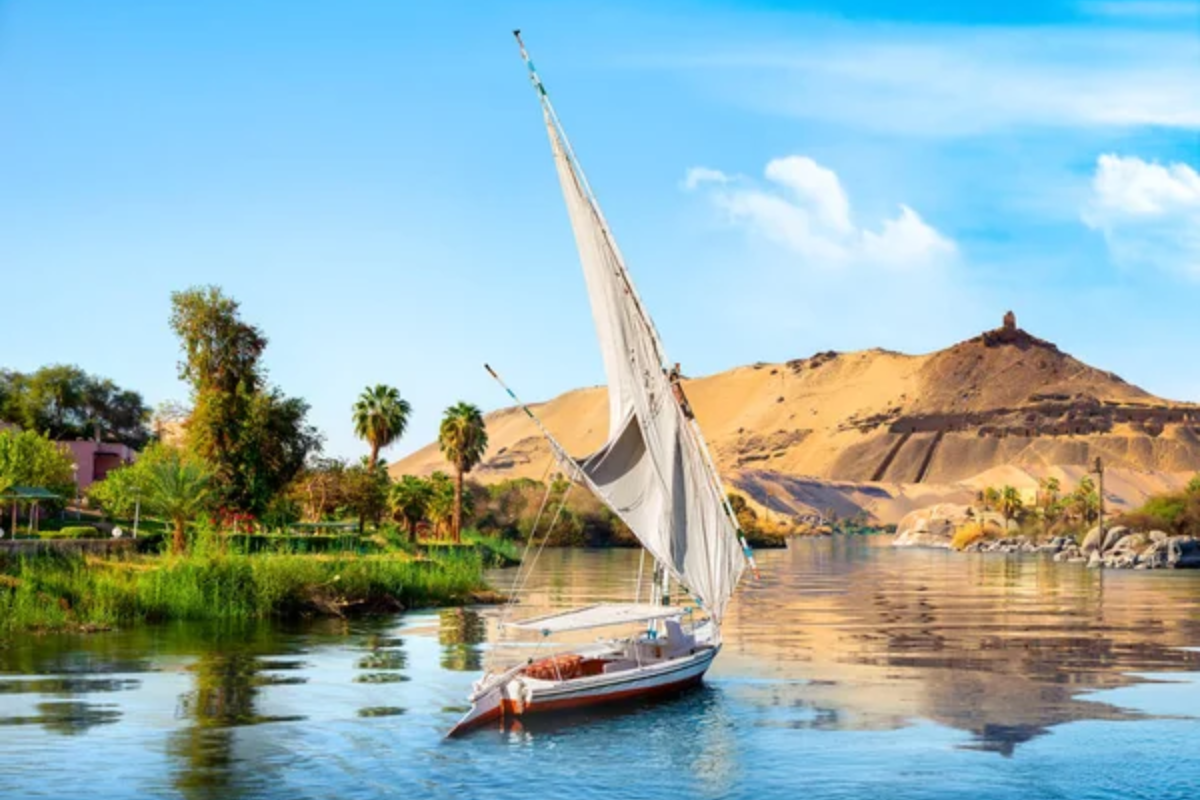
Nothing captures Egyptian tranquility quite like drifting down the world’s longest river on a traditional wooden sailboat as the sun dips below the horizon. Feluccas have navigated these waters for thousands of years, offering an experience that connects you directly to ancient Egyptian transportation methods.
The gentle rocking of the boat, paired with views of palm trees silhouetted against the amber sky, creates moments of pure serenity. Local captains often share stories and legends while serving mint tea, adding cultural depth to this peaceful journey.
Explore the White Desert National Park

Just a few hours from Cairo lies a surreal landscape that appears more alien than earthly. Massive chalk rock formations sculpted by wind erosion create an otherworldly scenery reminiscent of modern art installations. These brilliant white structures stand in stark contrast to the golden sand, forming shapes that resemble mushrooms, chickens, and even camels, depending on your imagination.
Camping overnight here reveals a spectacular stargazing opportunity unlike anywhere else, with the Milky Way stretching dramatically above the ghostly white formations.
Like Travel Pug’s content? Follow us on MSN.
Wander Through Islamic Cairo’s Sultan Hassan Mosque
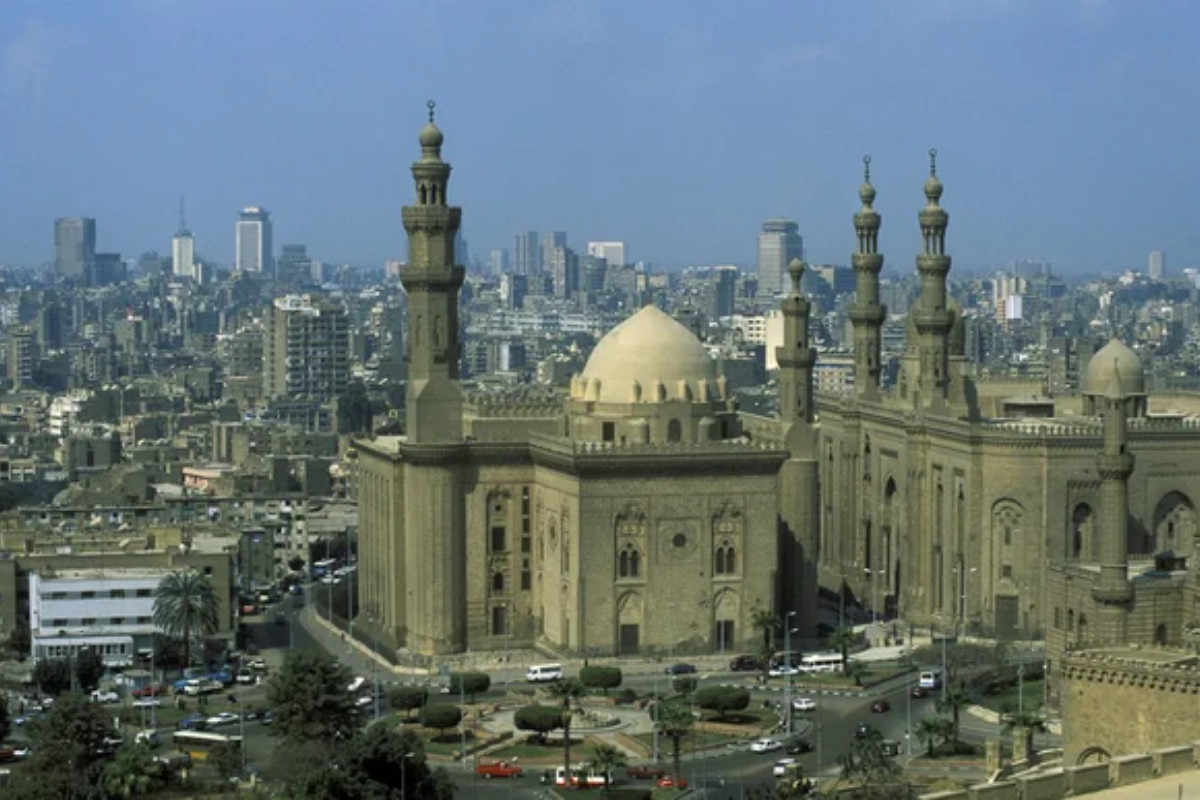
While tourists flock to well-known mosques, this 14th-century masterpiece remains relatively uncrowded despite its architectural significance. The massive structure features one of the tallest minarets in Egypt and exemplifies Mamluk design at its finest.
Inside, intricate marble patterns adorn the floors while elaborate calligraphy decorates the soaring walls that stretch nearly 120 feet high. The peaceful courtyard offers a welcome respite from the bustling Khan el-Khalili market nearby, allowing visitors to appreciate Islamic architectural brilliance in relative solitude.
Visit the Siwa Oasis
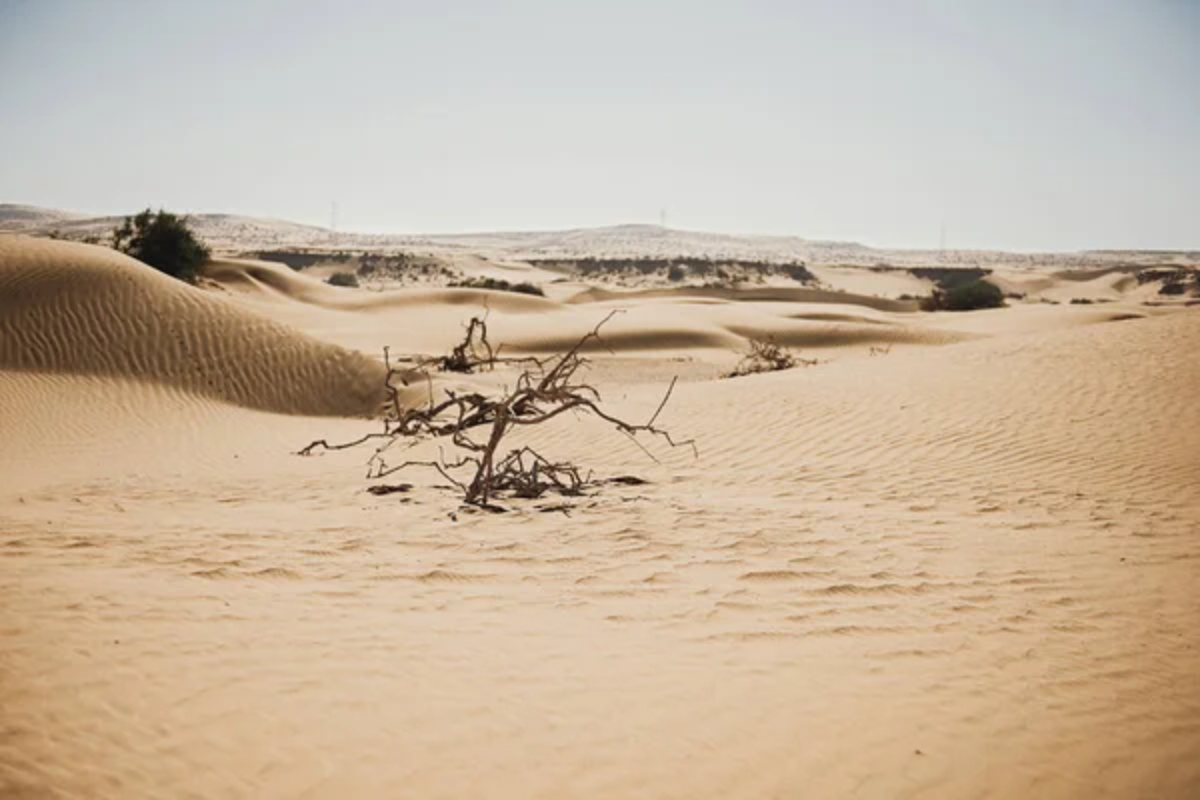
Nestled near the Libyan border, this remote desert oasis holds a distinctive culture that blends Egyptian, Berber, and Bedouin influences. Ancient mud-brick structures create the fortress town of Shali, which has stood for over eight centuries despite being built primarily of salt and clay.
The surrounding area features hundreds of natural springs—some forming swimmable pools with mineral-rich waters said to have healing properties. Alexander the Great famously journeyed here to consult the Oracle of Amun, adding historical intrigue to this isolated paradise where date palms and olive trees thrive amid endless dunes.
Dive the Wreck of the SS Thistlegorm
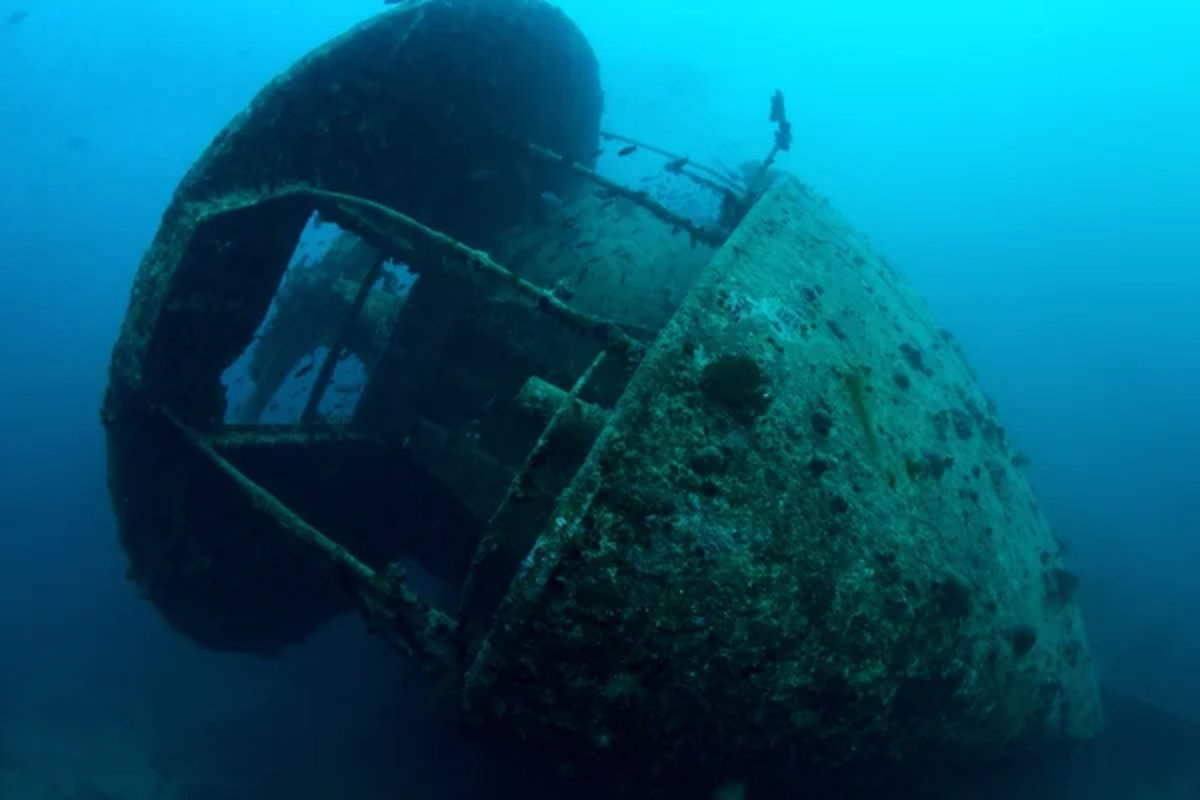
The Red Sea’s crystal waters hide one of the world’s most fascinating wreck dives, yet it receives far less attention than Egypt’s ancient ruins. This British transport ship was sunk during World War II while carrying a cargo of motorcycles, rifles, trains, and trucks—all remarkably preserved and still visible today.
Marine life has claimed the vessel as an artificial reef, with colorful corals growing alongside vintage Norton motorcycles and Bedford trucks. Even the ship’s massive propeller remains intact, creating an eerie juxtaposition of mechanical history and natural marine development.
Like Travel Pug’s content? Follow us on MSN.
Climb Mount Sinai for Sunrise
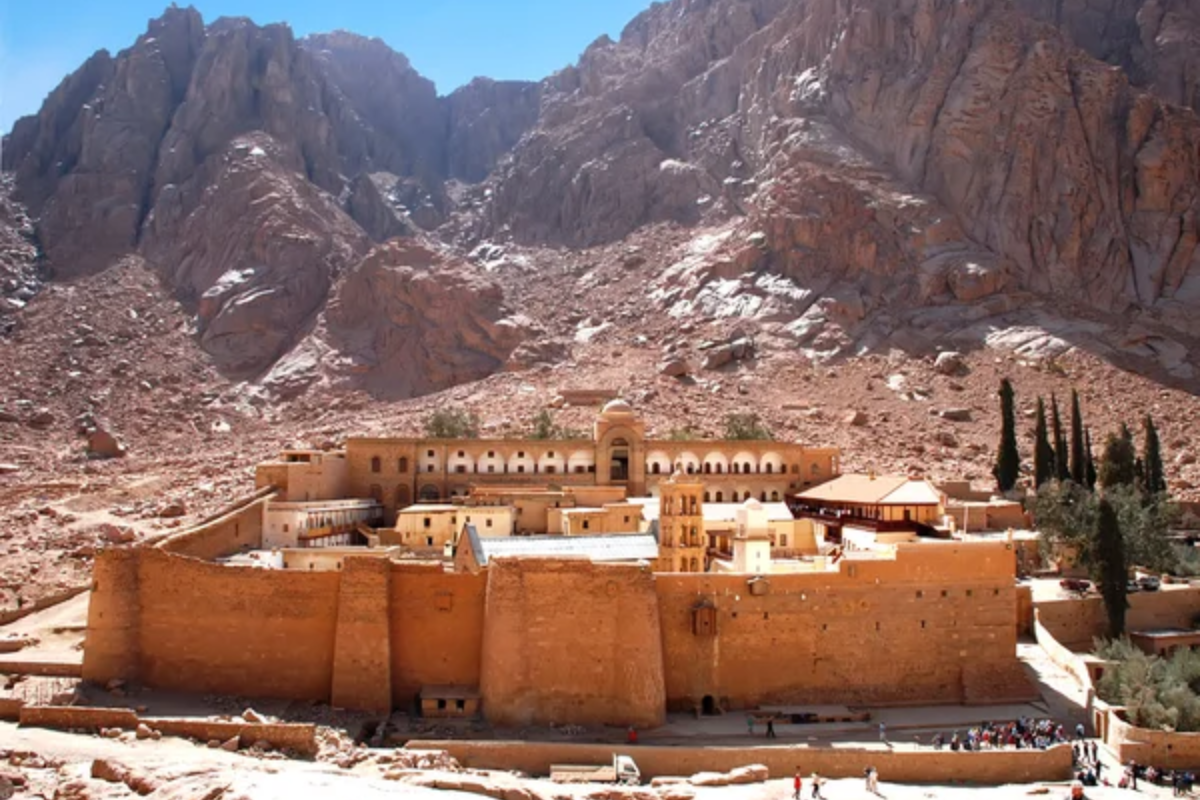
While many tourists visit St. Catherine’s Monastery at the mountain’s base, considerably fewer make the pre-dawn trek to witness daybreak from the summit. The two-hour climb follows ancient steps purportedly created by monks centuries ago, culminating at a spot of profound religious significance.
As the first light breaks over distant mountain ranges, the surrounding peaks transform from shadowy silhouettes to richly textured landscapes in hues of amber and rose. The experience combines physical challenge with spiritual weight, regardless of your religious beliefs.
Discover the Temples of Abydos
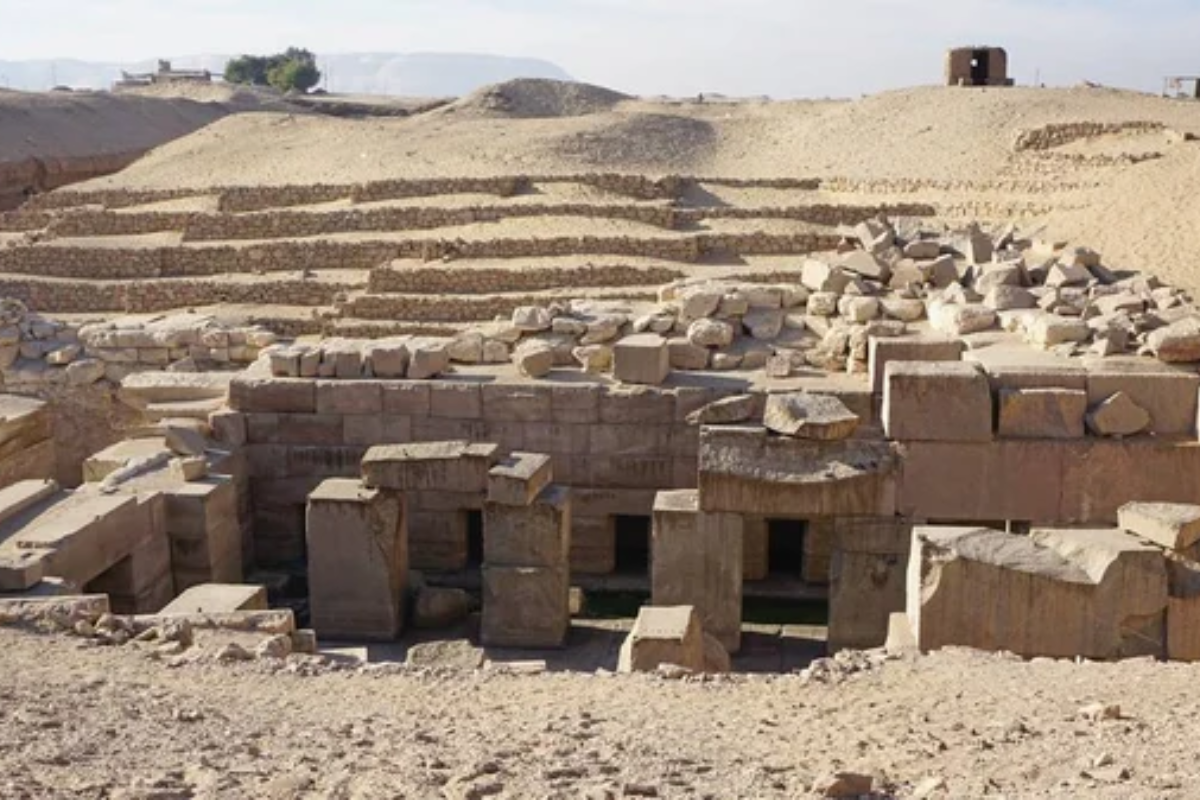
Despite containing some of Egypt’s most detailed ancient relief carvings, Abydos receives a fraction of the visitors that crowd Luxor and Karnak. The Temple of Seti I features the remarkable Abydos King List, a chronological record of pharaohs that provides crucial historical documentation.
Perhaps most intriguing is the Osirion, a mysterious underground structure built with massive granite blocks that puzzle archaeologists to this day with their seemingly impossible precision. The relative quietness allows visitors to study the intricate hieroglyphics without the pressure of moving along with a crowd.
Shop at Aswan’s Spice Market

Away from the tourist-oriented stalls of Khan el-Khalili, Aswan’s aromatic market offers an authentic glimpse into Egyptian daily life. Mounds of vibrantly colored spices—saffron, cardamom, cumin, and hibiscus—create a sensory feast while Nubian vendors call out their wares in traditional singsong voices.
Local women purchase ingredients for traditional dishes like kushari and molokhia, often sharing cooking tips with interested visitors. The market also sells hand-woven Nubian baskets and locally produced essential oils that make meaningful souvenirs connected to the region’s culture.
Like Travel Pug’s content? Follow us on MSN.
Overnight in the Western Desert’s Dakhla Oasis
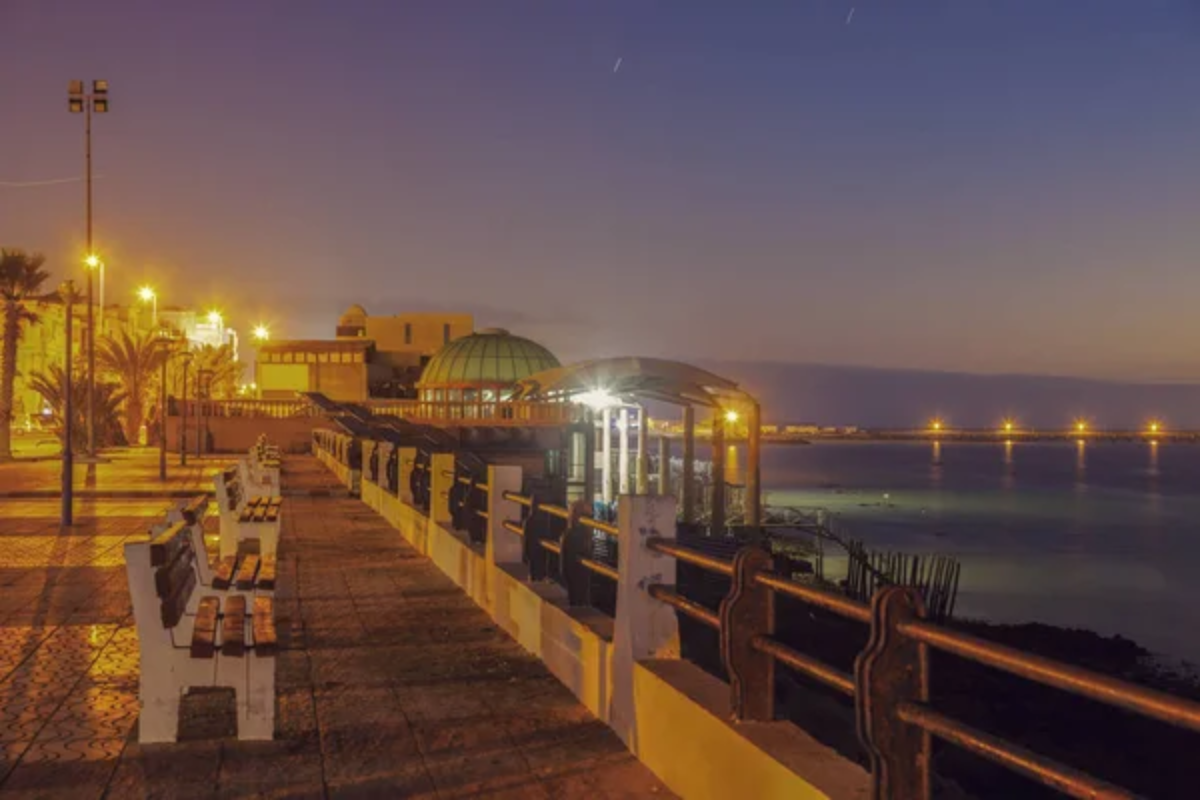
This remote oasis features medieval mud-brick villages that seem frozen in time, offering glimpses into traditional desert life rarely experienced by foreign visitors. Ancient hot springs form pools where you can soak while gazing at palm groves that have sustained human settlement for thousands of years.
Local families sometimes welcome travelers for home-cooked meals featuring freshly baked bread, slow-cooked lamb, and dates harvested from their gardens. The surrounding desert landscape includes the unusual fertility of cultivated fields juxtaposed with massive dunes that shift and change with seasonal winds.
Explore Alexandria’s Catacombs of Kom el Shoqafa.
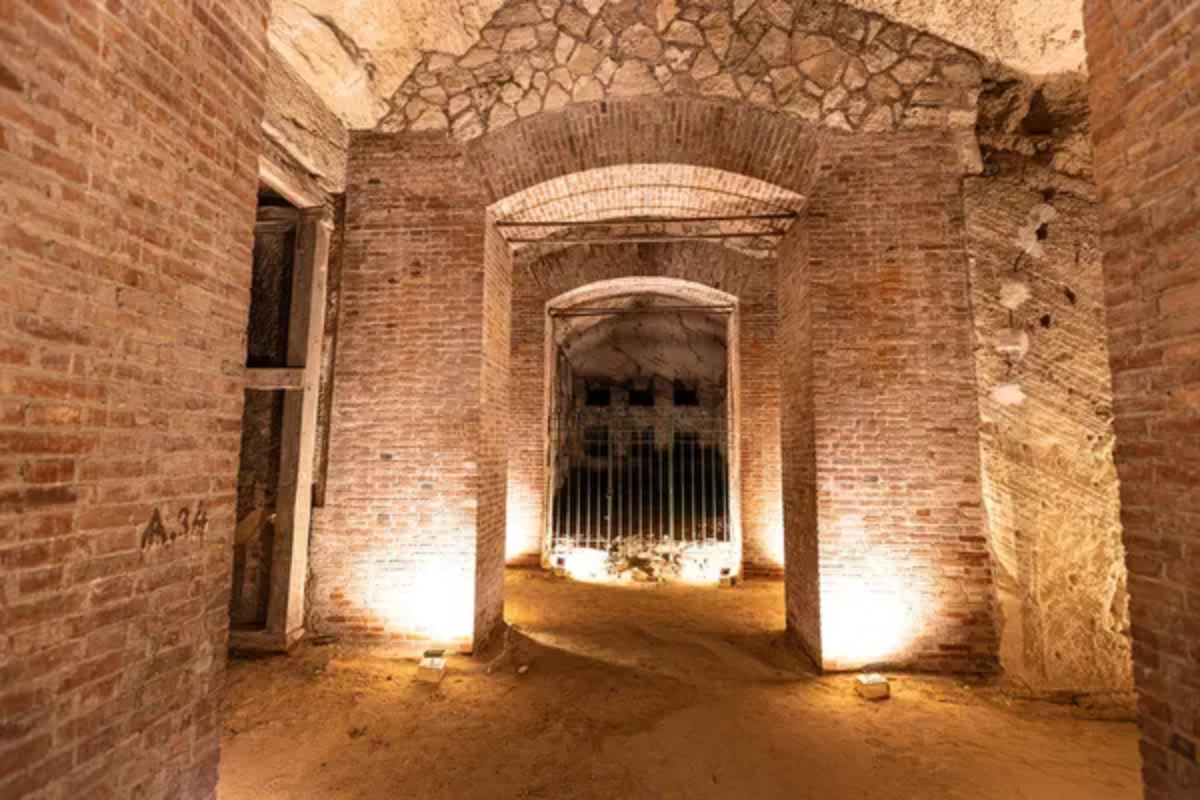
While Alexandria draws visitors to its famous library and Mediterranean corniche, these remarkable underground tombs remain relatively uncrowded. Discovered accidentally in 1900 when a donkey disappeared through a hole in the ground, the three-level necropolis represents a fascinating blend of Egyptian, Greek, and Roman artistic styles.
Spiral staircases lead to burial chambers adorned with reliefs showing Egyptian gods dressed in Roman attire—a visual testament to the cultural melding that characterized Alexandria. The banquet hall where ancient families held memorial feasts for their deceased relatives provides a poignant connection to past funeral practices.
Tour El Alamein’s World War II Museums
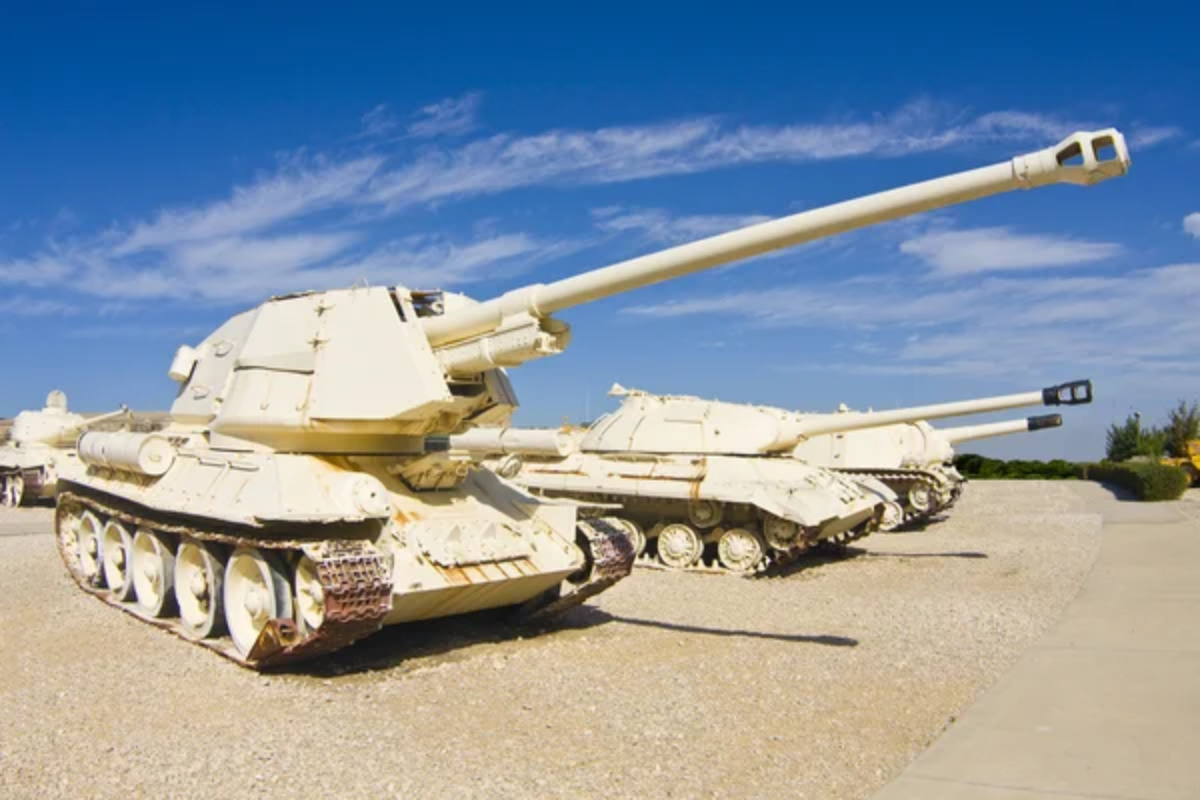
History enthusiasts find profound value in visiting this coastal town where pivotal desert battles changed the course of World War II. The meticulously maintained Commonwealth cemetery contains nearly 7,000 graves arranged in perfect rows that stretch toward the horizon—a sobering reminder of the conflict’s human cost.
Military museums display vintage tanks, artillery pieces, and personal artifacts recovered from the surrounding battlefields where Rommel and Montgomery led their forces. The site offers an important historical context often overlooked by travelers focused exclusively on Egypt’s ancient history.
Like Travel Pug’s content? Follow us on MSN.
Visit the Monastery of St. Anthony
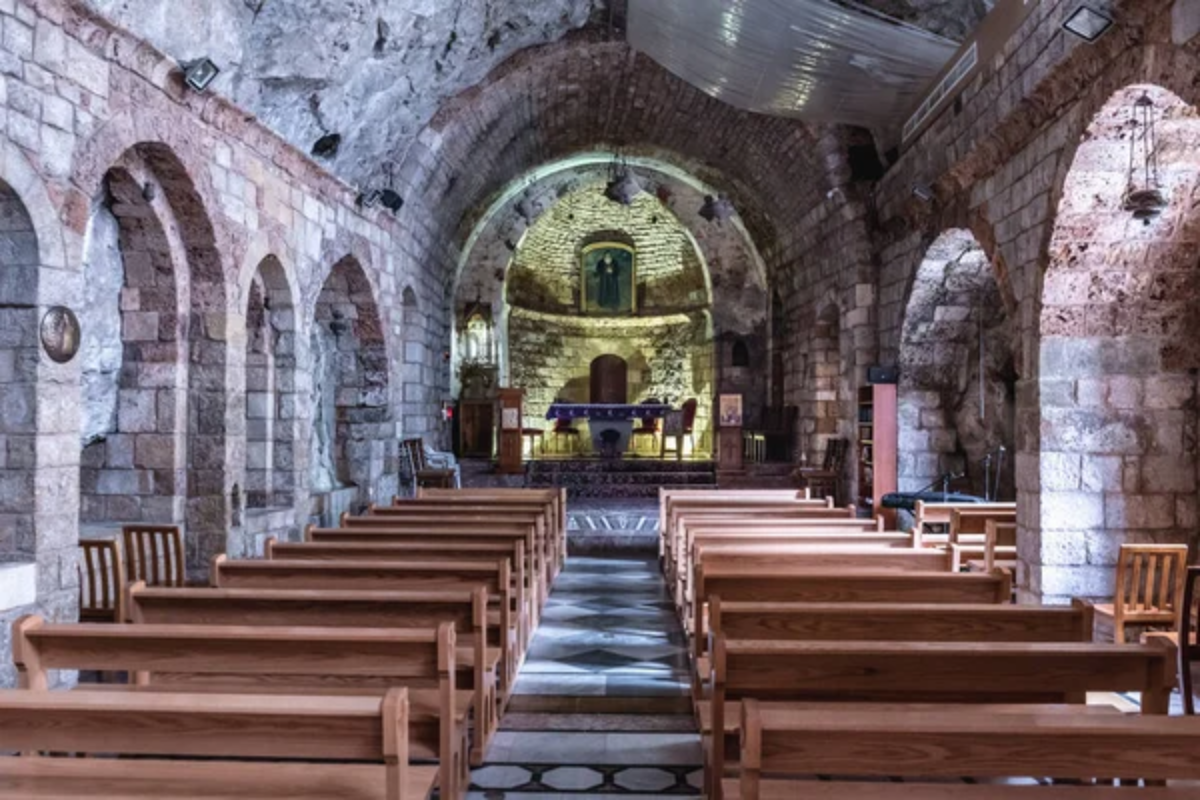
Tucked against rugged mountains near the Red Sea coast stands the world’s oldest continuously inhabited Christian monastery, founded in 356 CE. Despite its historical significance, it receives remarkably few visitors compared to other Egyptian sites. Ancient defensive walls surround buildings containing rare Coptic manuscripts and artwork that survived centuries of regional turbulence.
Monks still follow daily routines established over a millennium ago, sometimes sharing their traditions with respectful visitors. The nearby Cave of St. Anthony, where the saint lived as a hermit, requires a challenging climb but rewards with panoramic desert views and spiritual significance.
Float in the Healing Waters of Siwa’s Salt Lakes
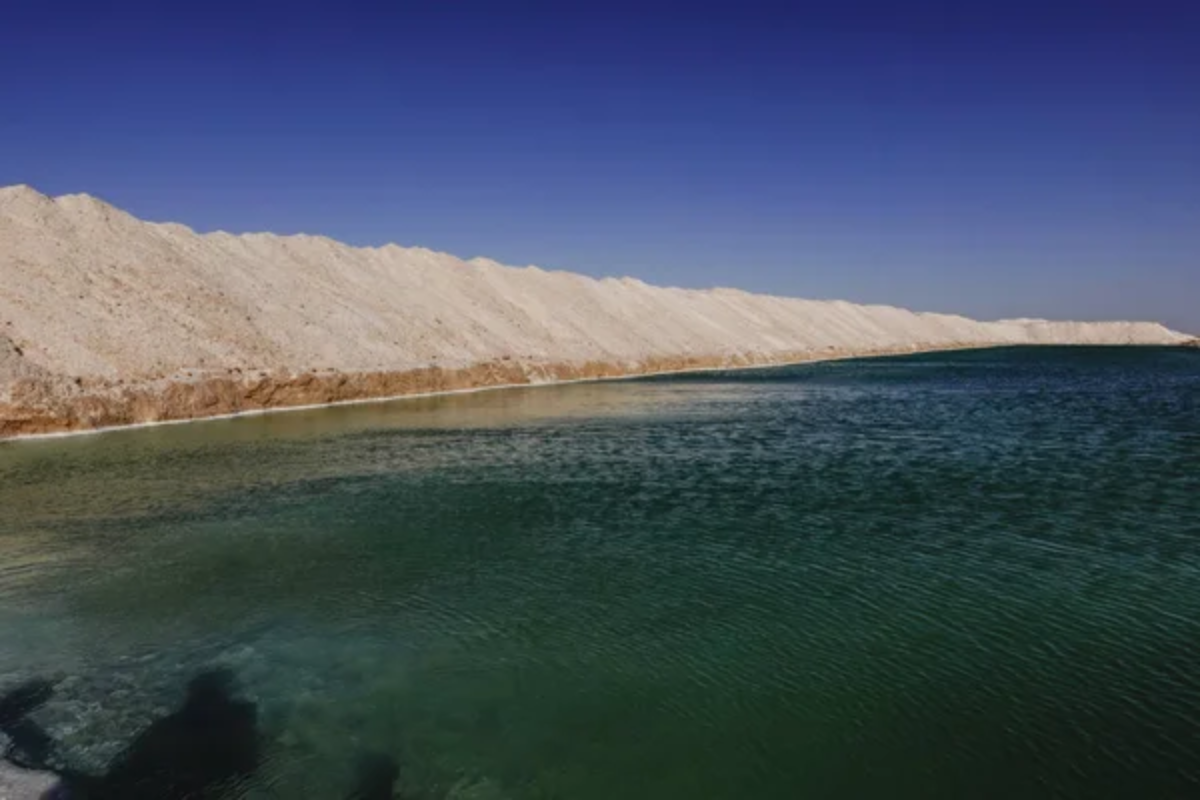
Beyond the typical Dead Sea floating experience, Siwa’s salt lakes offer therapeutic waters in a significantly less commercialized setting. The mineral concentration creates the same effortless buoyancy, while locals claim these particular waters treat ailments ranging from rheumatism to skin conditions.
After floating, visitors traditionally cover themselves with the lake’s black sand mud, letting it dry before washing it away to reveal noticeably softer skin. The lakes’ remote location means you’ll likely share this natural spa experience with only a handful of others rather than the crowds found at more famous salt waters.
Wander Through Old Coptic Cairo
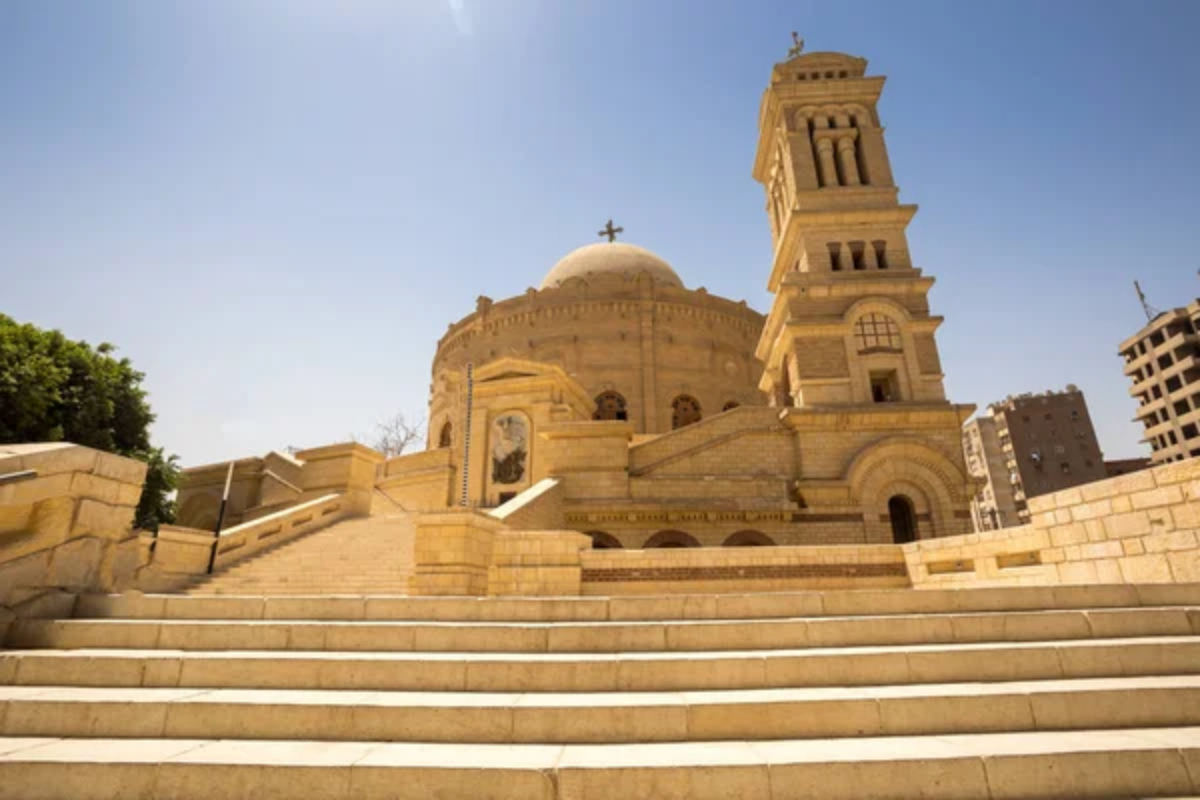
This ancient neighborhood contains some of the world’s oldest Christian churches yet receives far fewer visitors than Islamic Cairo. The Hanging Church built atop a Roman fortress gateway, features stunning wooden ceilings and 110 religious icons dating back centuries.
Nearby, the Coptic Museum houses the largest collection of Coptic artifacts globally, including textiles and manuscripts that trace Christianity’s Egyptian evolution. The atmospheric narrow streets connect multiple historic churches, creating an enclave that feels removed from both time and the surrounding city’s bustle.
Like Travel Pug’s content? Follow us on MSN.
Visit the Valley of the Whales
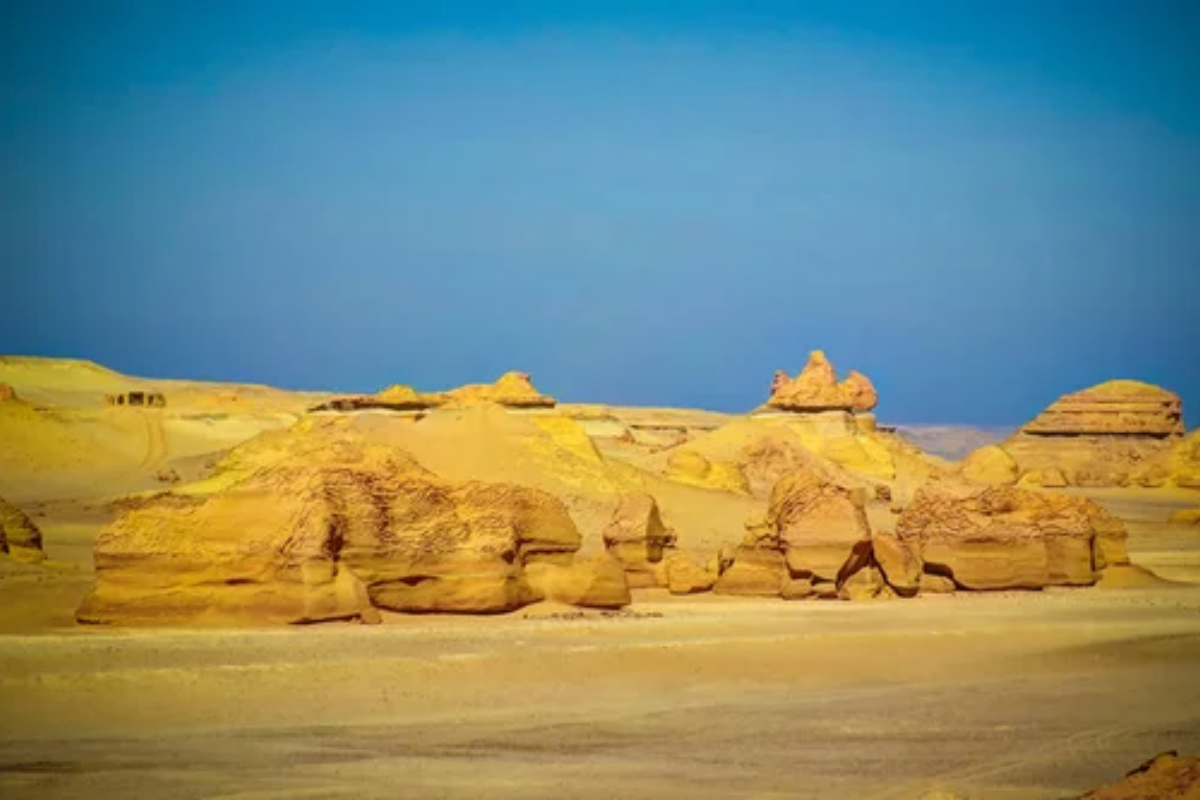
Few tourists realize that Egypt contains a UNESCO World Heritage site showcasing whale evolution over 40 million years. Located in the Western Desert, Wadi Al-Hitan contains hundreds of fossilized whale skeletons that document the marine mammals’ transition from land-dwelling creatures to ocean dwellers.
Complete specimens lie partially exposed in the sand, including some species with both legs and flippers that represent crucial evolutionary links. The surrounding landscape of wind-carved rock formations adds natural beauty to this open-air museum of paleontological treasures.
The Enduring Allure of Egypt’s Hidden Gems

Egypt’s lesser-known attractions offer experiences that match—and sometimes exceed—its famous landmarks in cultural and historical significance. These underrated destinations provide deeper connections to both ancient and modern Egyptian life while avoiding the crowds that can sometimes diminish experiences at more popular sites.
Whether floating in mineral-rich waters, exploring underground tombs, or witnessing desert landscapes that defy imagination, these fifteen experiences reveal Egypt’s remarkable depth beyond its iconic monuments. The country rewards travelers willing to venture just slightly off the established tourist path with memories as enduring as the pyramids themselves.
More from Travel Pug

- 20 Towns Built for One Purpose That Were Later Abandoned
- 15 Hidden Spots in Disney World’s Magic Kingdom Most Visitors Miss
- 20 Once-Popular Beach Towns That Are Now Ghostly Empty
- 15 Canyons in the U.S. That Are Just as Stunning as the Grand Canyon
- 10 Under-the-Radar Mountain Towns That Are Both Affordable and Beautiful
Like Travel Pug’s content? Follow us on MSN.
